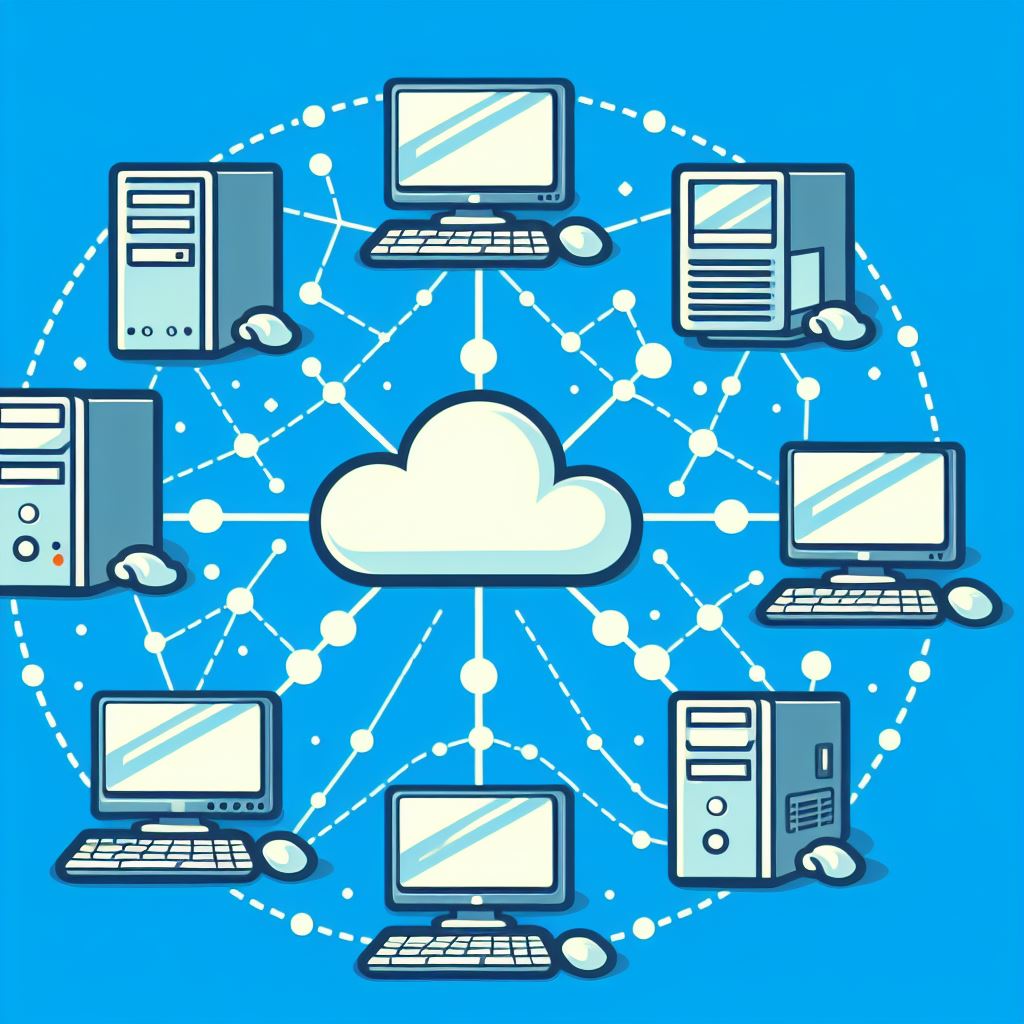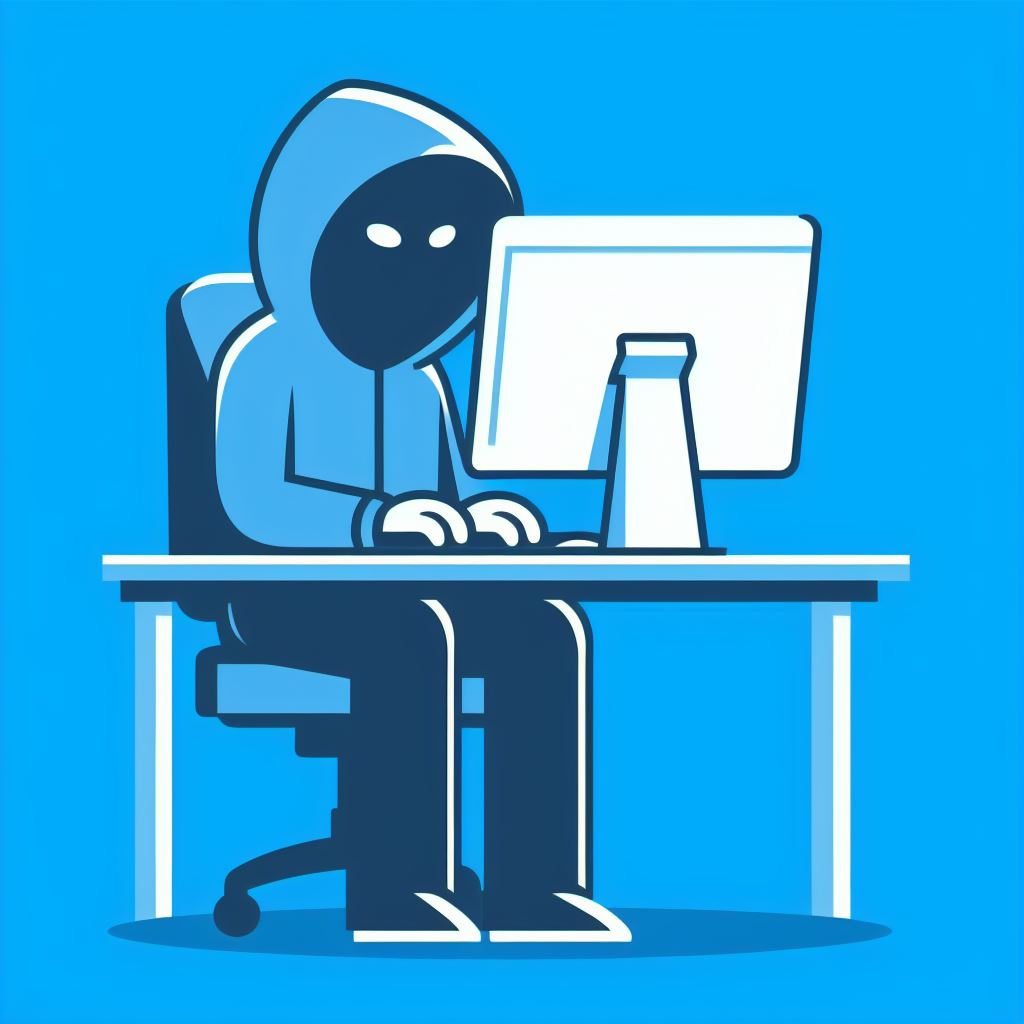Breaking into the world of decentralized technologies can be a little tricky especially with the abundance of new terminology to grasp. Unfortunately, many available resources fall short in providing clear explanations of these intricate concepts.

However, this piece stands out from the rest. In this article, we will take a deep dive into what decentralized applications are or dApps, how they work and the infrastructure they’re built on, etc.
With that said, let’s dive straight in.
What is a dApp (decentralized application)
A decentralized application, commonly known as a DApp, is a web application or software program built on a decentralized network (e.g., a blockchain) that is designed for a specific purpose and uses the native network’s system capabilities to carry out its operations.
Decentralized applications are very similar to traditional apps. The major distinction between the two is that traditional applications are managed on centralized servers and governed by central authorities while dApps are hosted on peer-to-peer networks where participants verify and facilitate their operations.
What is a dApp used for
Decentralized applications offer a wide range of uses. Their design and mode of operation makes them a faster and more efficient alternative to traditional systems.
This section will delve into some of the uses of decentralized applications and their potential to transform various industries.
Finance dApps
In a world where financial operations are plagued by slow completion times and high middleman fees, decentralized apps (dApps) leverage the security and efficiency of decentralized networks to revolutionize financial services.
Decentralized finance apps, commonly known as Defi apps, are web (or software) applications built on peer-to-peer networks which use an automated system called smart contracts to execute financial transactions quickly and with minimal fees.
These applications allow parties to purchase securities and secure loans without the help of a third party. Examples of defi apps include;
- Aave
- Uniswap
- 1Inch
Gaming dApps
Apps like Decentraland offer an immersive gaming experience where players can purchase and own virtual real estate, purchase wearables for their avatars, earn real money for granting access to certain in-game possessions, etc.

These games are built on an immutable ledger ensuring that ownership of assets can be tracked and verified across multiple owners. Players also get rewarded in the network’s native currency for creating content and participating in quests.
Supply Chain Management
Every transaction that occurs on a blockchain is recorded on a tamper-proof ledger. This means that once an entry is made in the ledger, it cannot be changed or tampered with.
It is this feature that makes decentralized technologies ideal for tracking the movement of goods across various locations. Parties from both ends can track the movement of goods in real-time on a tamper-proof ledger, streamlining processes, reducing the need for manual verification, and lowering overall costs.
Their design and mode of operation make them a faster and more efficient alternative to traditional systems.
theDeFiMovement
What is the difference between an app and a DApp?
Generally speaking, software applications (whether hosted on a centralized server or developed on a distributed ledger) are built to perform a variety of digital tasks.
The underlying infrastructure (or engine) on which they are built, along with their system of operations, typically distinguishes one application from the other.
This distinction holds true for both decentralized and traditional applications. The table below compares both types of applications with respect to the various factors that influence their development and operation.
| Traditional Application | Decentralized Application | |
| Data Storage | Company-controlled servers | Public Ledger |
| Infrastructure | Centralized server(s) | Decentralized network (blockchain) |
| Governance | Controlled by the company | Community-driven consensus system |
| Examples | Uber, WhatsApp messenger, Canva | DeFi platforms like Sushiswap and Uniswap. |
What is an example of a DApp?
PancakeSwap is a popular example of a decentralized application. The app, launched in September 2020, is a platform that facilitates swift and secure cryptocurrency exchanges.

Another example of a dApp is OpenSea, a peer-to-peer marketplace where users can buy, auction, and sell NFTs with other users without the need for a central authority.
What are the advantages of DApps?
1) Low cost
99% of the transactions carried out on decentralized applications are autonomous. This means that they can operate without third parties and central authorities that would have charged a premium for their services.
This system of operation results in increased efficiency and lower costs.
2) dApps are open-source
The code used to develop decentralized applications is openly accessible to anyone interested in viewing it. This transparency provides users with an additional level of trust, as they can verify that there are no bugs or malicious code intended to compromise their identity or finances.
3) Enhanced Security
Decentralized applications (dApps) rely on an immutable infrastructure known as a blockchain. This means data added to the blockchain, essentially a public ledger, cannot be altered or deleted.

Here’s how it works: Whenever new data is added, it’s cryptographically signed using a consensus mechanism and then broadcasted to a vast network of computers (nodes).
This robust system makes it extremely difficult for malicious actors to tamper with the data or hack applications built on this blockchain infrastructure.
4) Global accessibility
One of the biggest benefits of decentralized applications is that they can be accessed and used anywhere by anyone as long as the person is connected to the internet. Traditional applications, on the other hand, are oftentimes restricted to certain locations usually due to security concerns.
This problem underscores the control that app administrators have over the distribution and operation of their software programs. In the decentralized web, public applications are accessible and usable by anyone (provided they meet the necessary requirements to interact with the program).
Furthermore, even the code of these applications is made public, emphasizing transparency.
What are the disadvantages of DApps?
1. Scalability Challenges
One of the primary drawbacks of DApps is their scalability limitations. Unlike centralized applications that can easily scale their infrastructure to accommodate increasing user demand, DApps often struggle with scalability issues due to the distributed nature of their architecture.
As the user base grows, DApps may experience slower transaction processing times and higher fees, hindering their widespread adoption for high-volume applications.
2. User Experience Complexity
DApps typically require users to interact with blockchain networks directly, often through specialized wallets and complex cryptographic processes.
This complexity can be daunting for non-technical users, leading to a steep learning curve and potentially deterring mainstream adoption. Improving the user experience of DApps remains a significant challenge for developers seeking broader acceptance beyond the crypto-savvy community.

3. Lack of Regulation and Governance
While decentralization offers benefits such as censorship resistance and autonomy, it also poses challenges in terms of regulation and governance.
The absence of centralized authorities or intermediaries in DApps means that resolving disputes, enforcing compliance, and implementing changes can be more complex and contentious.
This lack of clear regulatory frameworks and governance structures may deter institutional adoption and investment in DApp projects.
4. Environmental Concerns
The energy-intensive consensus mechanisms used in many blockchain networks, such as proof-of-work (PoW), have raised concerns about the environmental sustainability of DApps.
The substantial energy consumption required for mining and validating transactions contributes to carbon emissions and ecological impact. As the environmental implications of blockchain technology come under scrutiny, DApp developers are exploring alternative consensus mechanisms and energy-efficient solutions to mitigate their environmental footprint.
FAQs
Is it safe to use DApps?
DApps can offer strong security, but vulnerabilities exist. Research the DApp’s reputation and only connect a crypto wallet with funds you’re comfortable risking.
Is Bitcoin a DApp?
No, Bitcoin is a cryptocurrency. DApps are applications built on blockchains, like Bitcoin’s, but offer functionalities beyond just currency exchange.
What is a dapp browser?
Unlike regular web browsers, dapp browsers allow you to interact with decentralized applications built on blockchains. They provide a secure environment for dApp access.